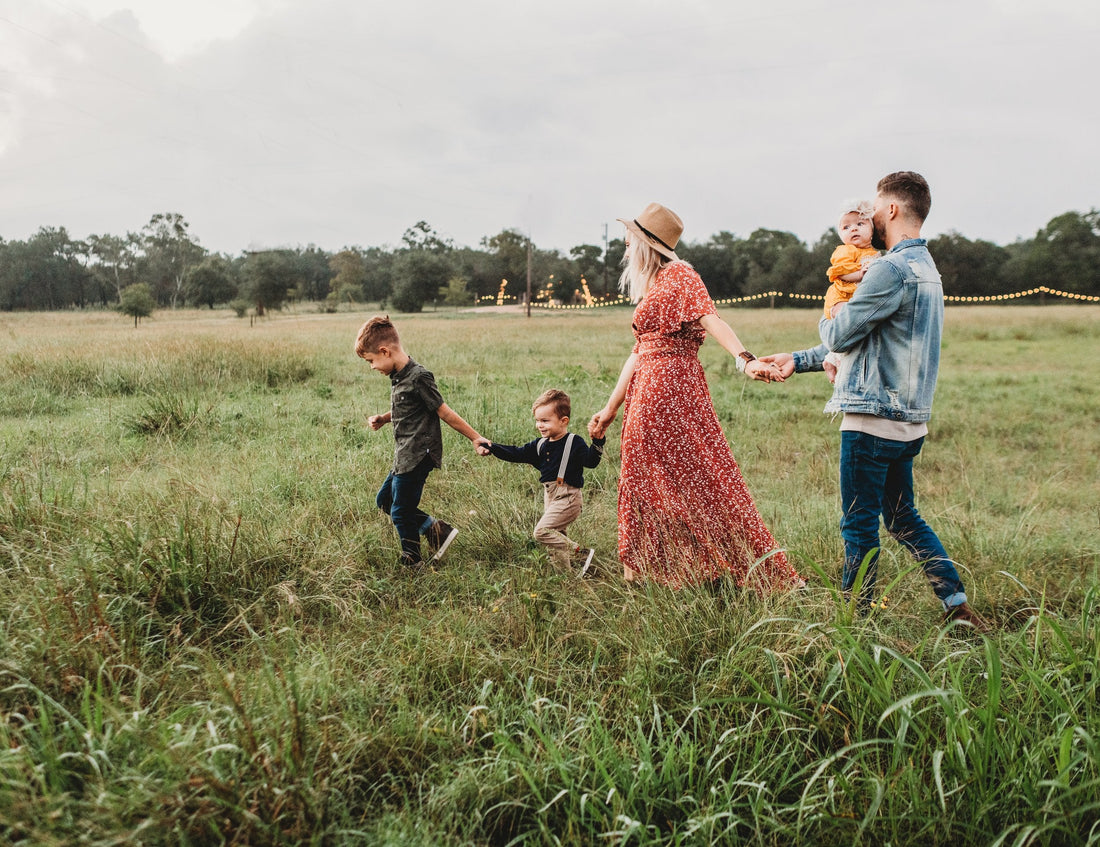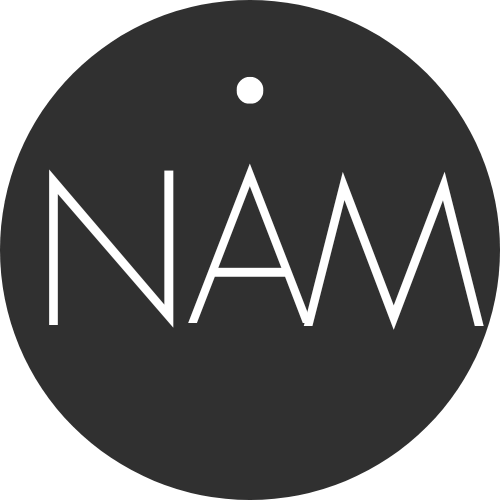
Guide for Digital Nomad Families in Colombia: Life, Education, and Community
Compartir
Why Colombia Is Attracting Digital Nomad Families
Colombia has quietly become one of Latin America’s most exciting countries for remote professionals — and increasingly, for families who want a slower, more intentional way of living.
With a cost of living far below North America or Europe, stunning natural diversity, and a new Digital Nomad Visa that allows stays of up to two years, Colombia offers both practicality and possibility.
Major cities like Medellín and Santa Marta draw entrepreneurs and creative teams for their infrastructure and year-round spring weather. But for families looking to balance work, wellness, and education, places like Palomino on the Caribbean coast offer something deeper — a community where connection matters as much as productivity.
For many parents, that’s the real luxury.
Palomino: A Conscious Living Hub for Families
Tucked between the Sierra Nevada mountains and the Caribbean Sea, Palomino has evolved from a hidden beach town into a small but thriving hub of conscious living.
Life here moves at the rhythm of nature. Kids ride their bikes to school under mango trees, neighbors share afternoon coffee barefoot in the sand, and workdays often end with a swim in the river or a walk by the ocean.
But what truly makes Palomino special is its people — a mix of local families, digital nomads, and creative entrepreneurs who came for a few months and found a new way of life.
Residents share a vision of living in harmony with nature and raising children in a more grounded, mindful way. Many are remote professionals — designers, therapists, and founders — who traded city traffic and noise for the calm of jungle and sea.
In Palomino, family life feels freer. Education, food, and work all align around a simple idea: living well and living consciously.
Education Options: Holss School and the Conscious Learning Movement
At the heart of Palomino’s family ecosystem is Holss, a holistic school that has become a magnet for families from around the world.
Just a few steps from the beach, Holss blends academic learning with art, mindfulness, and nature-based education. Classes often take place outdoors, where kids learn not only from books but from the river, the garden, and the community around them.
Parents are drawn to Holss because it reflects a growing global movement — worldschooling — where learning is guided by curiosity and empathy instead of rigid structure.
Holss also collaborates with local projects in sustainability and indigenous wisdom, introducing students to Kogui culture and traditional ecological knowledge. It’s an approach that connects children to the land they live on — something no international city school can replicate.
Work and Connectivity: Staying Productive in Paradise
Palomino may look remote, but it’s surprisingly well-connected.
Fiber-optic internet and independent energy systems are now standard in many homes, making it easy to host video calls or run a business from the jungle. Several cafés have become informal coworking spaces — Frequency Café being a favorite for its calm setting, healthy menu, and reliable high-speed Wi-Fi.
In central Palomino, power cuts are rare, and mobile coverage from Claro and Tigo is stable. That means you can finish your morning meetings, shut your laptop, and still make it to the beach before sunset.
Life Beyond Work: Nature, Wellness, and Community
What makes Colombia — and especially Palomino — so appealing for families is that every day feels like a mix of work and wonder.
You can start your morning meditating by the river, take your kids to a surf lesson in the afternoon, and join a sunset yoga class or community dinner in the evening.
Weekends are for waterfall hikes, river tubing, and visiting nearby indigenous villages in the Sierra Nevada. And when you want to recharge, you’ll find endless options: massages, cacao ceremonies, sound healing, or simple beach time.
Local initiatives like NAM regularly organize family wellness retreats, community markets, and gatherings where locals and travelers share food, crafts, and stories.
It’s a lifestyle that naturally slows you down — one where both parents and children can rediscover joy in the simple things.
Practical Tips for Moving to Colombia with Kids
Thinking of making the move? Here’s what families should know before relocating to Colombia:
-
Visa: The Digital Nomad Visa lets remote workers and their dependents live in Colombia for up to two years. You’ll need proof of income and health insurance.
-
Healthcare: Quality medical services are available in nearby Santa Marta, while Palomino has local clinics for everyday needs.
-
Community: Join Facebook or WhatsApp groups like Families in Palomino or Digital Nomads Colombia before arriving — it makes the transition smoother.
-
Schooling: Contact Holss ahead of time. Enrollment opens early, and spaces fill fast.
-
Best Time to Move: February through July offers dry weather and more rental availability.
Why Families Choose NAM for Relocation Support
Relocating abroad with children isn’t just about moving your belongings — it’s about finding your people.
NAM (Natural Awakening Movement) helps families bridge that gap by offering on-the-ground support in Palomino’s conscious community.
Through NAM, you can:
-
Find curated rentals near Holss School and the beach
-
Connect with like-minded families and local educators
-
Access wellness experiences and local partnerships
-
Get personalized help with housing, schooling, and orientation
NAM’s team lives in Palomino year-round and works directly with property owners, schools, and holistic practitioners to make each family’s arrival feel supported and effortless.
To learn more or start planning your move, visit www.nam.com.co and schedule a discovery call.
Final Thoughts: Building a Conscious Family Life in Colombia
Choosing Colombia as a digital nomad family isn’t just a change of address — it’s a change of rhythm.
Here, education happens outdoors, work blends with wellness, and community replaces isolation. Whether you’re staying a few months or settling long-term, towns like Palomino invite you to live more meaningfully and raise your children in tune with nature.
In a world that never stops moving, families here have chosen to slow down — to be present.
And in Palomino, that single choice has the power to transform everything.
Frequently Asked Questions About Digital Nomad Families in Colombia
1. Is Palomino safe for families?
Yes. Palomino is known as one of the safest small towns on Colombia’s Caribbean coast. It’s a peaceful community where children bike freely, neighbors know each other, and locals are welcoming to international families. Most areas near Plaza Numen, Calle 10, and Calle de la Abundancia are calm, walkable, and family-friendly.
Like any small Latin American town, it’s best to take standard precautions — avoid carrying valuables on the beach at night and choose housing in well-lit areas.
2. What are the best places in Colombia for digital nomad families?
While Medellín, Santa Marta, and Bogotá are popular for their infrastructure, smaller coastal and mountain towns are becoming favorites for families who work remotely.
-
Palomino – Best for holistic living, outdoor lifestyle, and access to alternative education.
-
Guatapé and Rionegro – Great balance of tranquility and connectivity near Medellín.
-
Villa de Leyva – Ideal for homeschooling families and cultural experiences.
Each region offers its own rhythm; Palomino stands out for its community-driven approach to wellness and family life.
3. Can I find reliable internet for remote work in Palomino?
Absolutely. Internet connectivity in Palomino has improved significantly over the past few years. Most rentals managed through NAM or VBTP Real Estate offer fiber-optic or satellite internet with speeds ranging from 20–100 Mbps. Cafés like Frequency and Gracias Vida also provide fast Wi-Fi and comfortable work environments surrounded by nature.
4. What schools are available for digital nomad kids in Colombia?
Colombia has a growing number of bilingual and alternative schools catering to expat families:
-
Holss (Palomino) – A holistic school focusing on conscious education, bilingual learning, and environmental awareness.
-
The Columbus School (Medellín) and Colegio Bureche (Santa Marta) – More traditional international schools.
-
Montessori and Waldorf-inspired schools are available in major cities.
Families in Palomino especially value Holss for its nature-based learning and flexible admissions for short- and long-term stays.
5. What’s the cost of living in Palomino for a family?
Living in Palomino is more affordable than in larger cities.
-
Rent: $2,200,000–$6,000,000 COP/month for furnished family homes with utilities included.
-
Groceries: Around $1,000,000 COP/month for local, organic produce.
-
School fees: Vary depending on program and number of children.
-
Extras: Yoga, surf classes, and local experiences are accessible and community-priced.
In total, a comfortable family lifestyle can cost between $1,200–$1,800 USD per month depending on preferences.
6. How can I connect with other families or expats in Palomino?
Start by joining Facebook and WhatsApp groups such as Families in Palomino and Digital Nomads Colombia. NAM also hosts community events, family gatherings, and conscious markets where newcomers can easily integrate and meet like-minded parents.
Many families build lasting friendships through shared school projects, beach days, or holistic workshops.
7. What’s the best time of year to move to Palomino?
The dry season, from December to July, offers sunny days and calm seas — ideal for family activities and settling in. The wet season (August to November) brings lush greenery and fewer tourists, making rentals more affordable.
If you plan to enroll your kids at Holss, aim to arrive between January and March, the school’s main intake period.
8. How can NAM help my family relocate to Colombia?
NAM (Natural Awakening Movement) is your local bridge to a smoother, more conscious relocation experience.
They assist families with:
-
Finding verified long-term rentals near schools and nature
-
Introducing you to community networks and local services
-
Organizing wellness retreats, family experiences, and integration circles
-
Providing local guidance on schooling, transport, and cultural adaptation
You can learn more or schedule a discovery call at www.nam.com.co.
9. Do I need to speak Spanish to live in Palomino?
Basic Spanish definitely helps, but it’s not essential. The town’s international community is growing, and many locals, especially in hospitality and education, understand English. Holss and NAM also operate in bilingual settings, making daily life much easier for new families.
10. Is Colombia a long-term option for remote families?
Yes. Colombia’s Digital Nomad Visa, introduced in 2022, allows foreigners to live and work remotely for up to two years, renewable. Families can bring dependents, enroll children in local or alternative schools, and even transition into longer-term residency options.
This flexibility makes Colombia — and particularly Palomino — one of the most appealing destinations for digital nomad families looking to plant roots in Latin America.
